Standing at the high site of the Atacama Large Millimeter/submillimeter Array is like standing on another world. Sandy gravel…
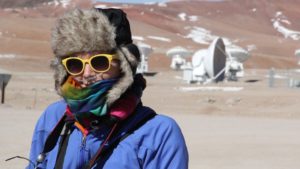
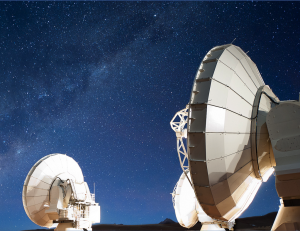
Remember to Look Up at the Stars, Not Down at your Data
Last June 2018, a group of astronomy educators, under the auspices of the National Science Foundation’s Astronomy in Chile…
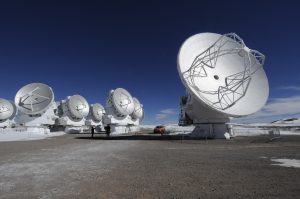
Place of Departure: Careers in discovery are not constrained to astronomers alone
Chajnantor is a name given to a plateau in the high Atacama Desert. In the language of the region’s…
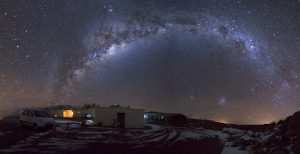
Astrophotography Adventure in Chile
If you ever planned a trip to Chile, you already know that the country is one of the best…
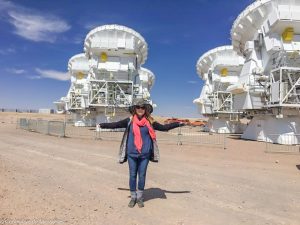
Higher Ground
I have spent my entire life at sea level. From the valleys of Ohio to Washington, D.C., I have…

